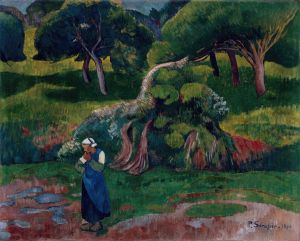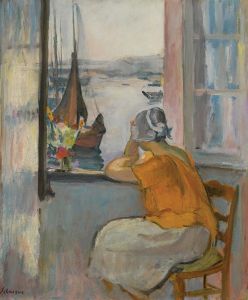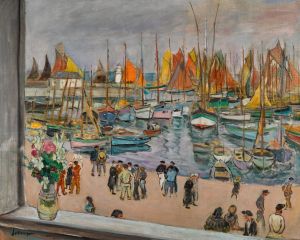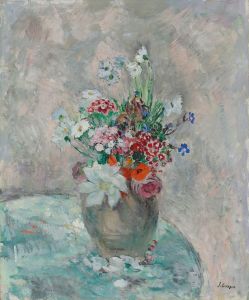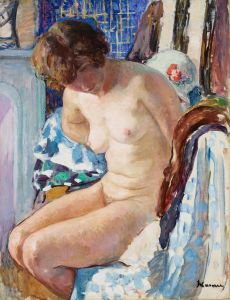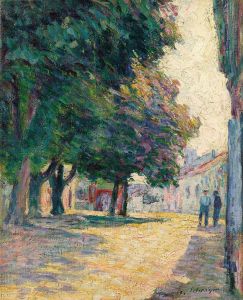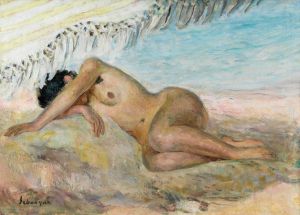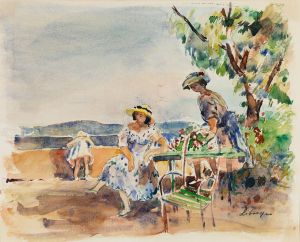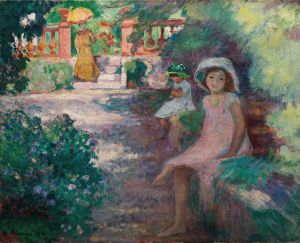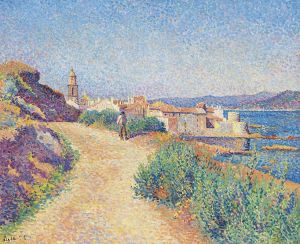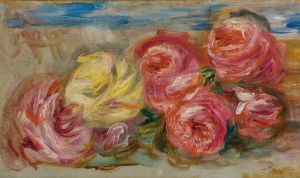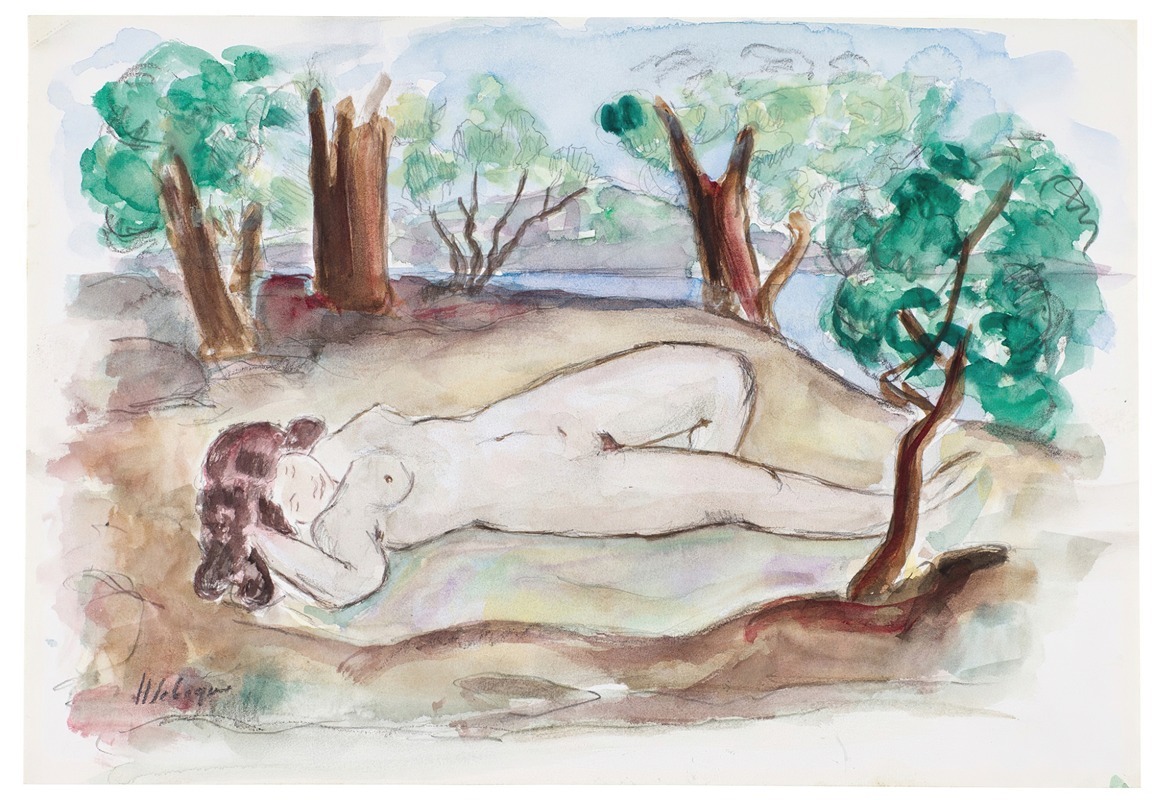
Nu couché dans un paysage à Saint-Tropez
A hand-painted replica of Henri Lebasque’s masterpiece Nu couché dans un paysage à Saint-Tropez, meticulously crafted by professional artists to capture the true essence of the original. Each piece is created with museum-quality canvas and rare mineral pigments, carefully painted by experienced artists with delicate brushstrokes and rich, layered colors to perfectly recreate the texture of the original artwork. Unlike machine-printed reproductions, this hand-painted version brings the painting to life, infused with the artist’s emotions and skill in every stroke. Whether for personal collection or home decoration, it instantly elevates the artistic atmosphere of any space.
Henri Lebasque (1865–1937) was a French post-Impressionist painter known for his use of light, color, and intimate, serene compositions. His works often depicted domestic scenes, landscapes, and portraits, reflecting a sense of harmony and tranquility. Among his many paintings, Nu couché dans un paysage à Saint-Tropez is one of his notable works, showcasing his mastery of light and his ability to capture the essence of the Mediterranean environment.
Nu couché dans un paysage à Saint-Tropez (translated as "Reclining Nude in a Landscape at Saint-Tropez") is an oil painting that exemplifies Lebasque's signature style. The artwork features a reclining nude figure set against a lush, sunlit landscape, likely inspired by the natural beauty of Saint-Tropez, a coastal town in the French Riviera. Saint-Tropez was a popular destination for artists during the late 19th and early 20th centuries, attracting figures such as Paul Signac and Henri Matisse, who were drawn to its vibrant light and vivid colors. Lebasque, too, spent time in the region, and its influence is evident in many of his works.
The painting reflects Lebasque's sensitivity to light and atmosphere, with soft, warm tones that evoke the Mediterranean climate. The nude figure is depicted with a sense of grace and relaxation, blending harmoniously with the surrounding landscape. The composition emphasizes balance and intimacy, characteristics that are central to Lebasque's artistic approach. His brushwork is fluid and expressive, capturing the interplay of light and shadow across the figure and the natural setting.
Lebasque was associated with the Fauvist movement early in his career, and while his style was less radical than that of artists like Matisse, he shared their interest in bold color and emotional expression. Over time, his work evolved into a more personal and refined style, often described as "intimist." This term reflects his focus on quiet, personal moments and his ability to create a sense of intimacy in his paintings.
Nu couché dans un paysage à Saint-Tropez is a testament to Lebasque's ability to merge the human form with the natural world, creating a scene that is both sensual and serene. The painting is representative of his broader body of work, which celebrates the beauty of everyday life and the landscapes of southern France. Today, Lebasque's works are held in various private collections and museums, and he is regarded as an important figure in early 20th-century French art.
Further details about the specific provenance or current location of Nu couché dans un paysage à Saint-Tropez are not widely documented. However, the painting remains a fine example of Lebasque's artistic legacy and his contribution to modern art.






